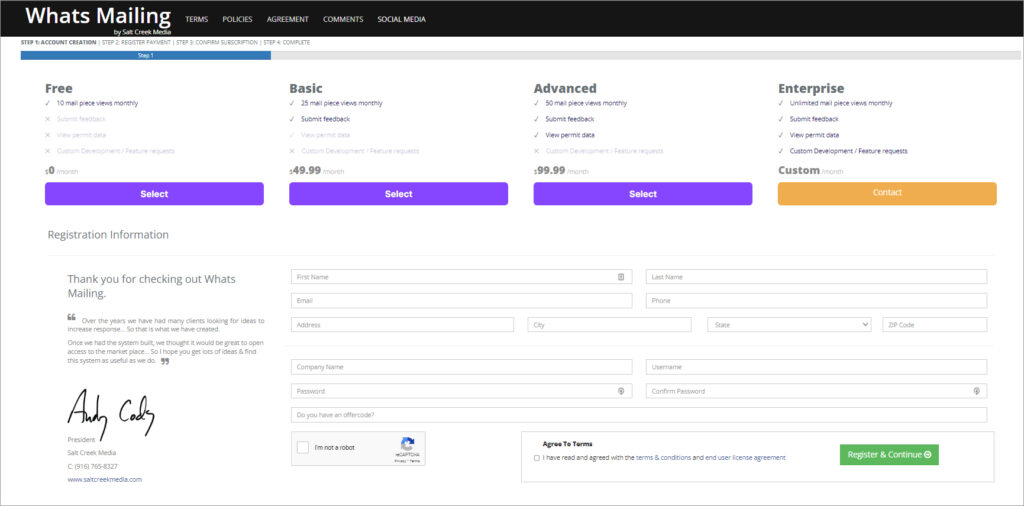In today’s digital age, it’s easy to overlook the power of traditional direct mail. However, direct mail can be an incredibly effective way to reach your target audience and drive results when done right. And one of the most powerful tools in your direct mail arsenal is the humble letter.
In this article, we’ll explore the benefits of using letters in direct mail marketing, along with tips for crafting engaging letters that capture your audience’s attention and drive action.
The Power of Letters in Direct Mail
Despite the rise of digital marketing, letters remain a powerful tool for direct mail. Here are some of the reasons why:
Personalization: Letters allow for a high degree of personalization, which can help to make your message more relevant and engaging to the recipient. You can increase the chances of a response by addressing the recipient by name, referencing their previous interactions with your brand, or tailoring your message to their specific needs.
Trust: Letters are perceived as more trustworthy than other forms of direct mail, such as postcards or flyers. This is because letters are typically associated with more formal or important communication, such as job offers, legal notices, or personal correspondence.
Emotional appeal: Letters have a unique ability to evoke emotions in the reader. Using storytelling, personal anecdotes, or compelling language, you can create an emotional connection with the reader and inspire them to act.
Longer attention span: Letters have a longer attention span than other forms of direct mail. Because letters are typically longer and more detailed, they require more time and attention to read. This can be an advantage because it allows you to provide more information and make a more compelling case for your product or service.
Tips for Crafting Engaging Letters
To make the most of letters in your direct mail campaigns, here are some tips for crafting engaging and effective letters:
Start with a strong headline: Your letter’s headline should grab the reader’s attention and entice them to keep reading. Use clear, concise, and compelling language, and make sure it relates to the reader’s interests or needs.
Personalize the message: Use data to personalize your letter and make it more relevant to the recipient. Address the recipient by name, reference their previous interactions with your brand, or tailor your message to their specific needs.
Use storytelling: Use storytelling to create an emotional connection with the reader and inspire them to take action. Share personal anecdotes, customer success stories, or other examples that illustrate the benefits of your product or service.
Make it easy to respond: Provide clear and easy-to-follow instructions on how to respond to your letter. Whether it’s visiting your website, calling a phone number, or returning a postage-paid reply card, make it as simple as possible for the reader to take action.
We are launching a cool service that may interest you. Check out https://whatsmailing.com/ The base user account is free.

Real-Life Examples
Letters have been used by many companies to drive engagement and achieve better results with their direct mail campaigns. Here are a few real-life examples:
The nonprofit organization Charity: Water used a letter to ask for donations. The letter personalized the message based on the recipient’s previous donation history and included a clear call to action. The campaign generated a 35% response rate and a 9% conversion rate.
The financial services company American Express used a letter to promote its credit card services. The letter included a personalized offer, a clear call to action, and a postage-paid reply envelope. The campaign generated a 4% response rate and a 2% conversion rate.
The healthcare company Aetna used a letter to promote its health insurance services. The letter included personalized information on the recipient’s health plan and a clear call to action. The campaign generated a 7% response rate and a 3% conversion rate.
